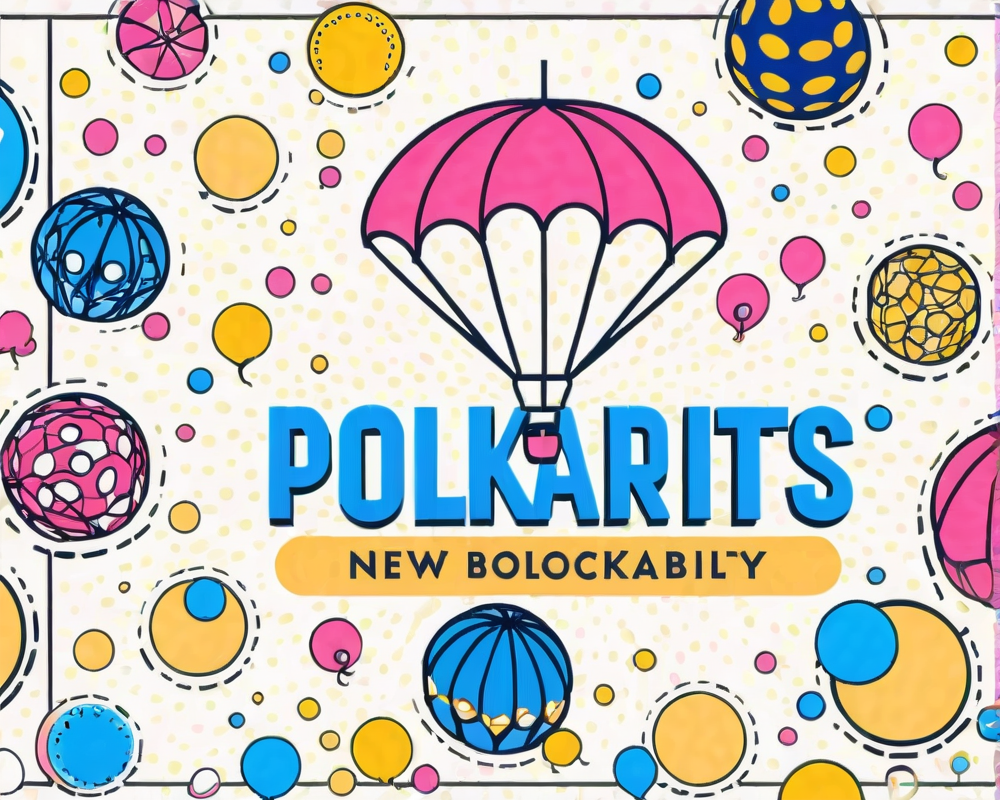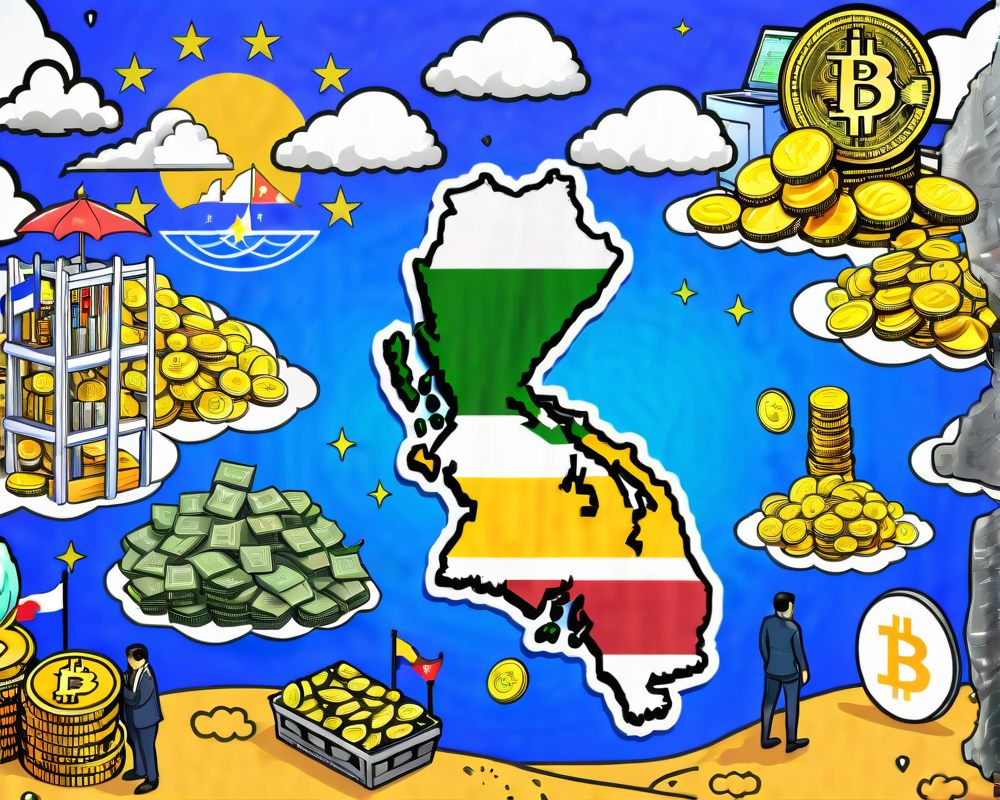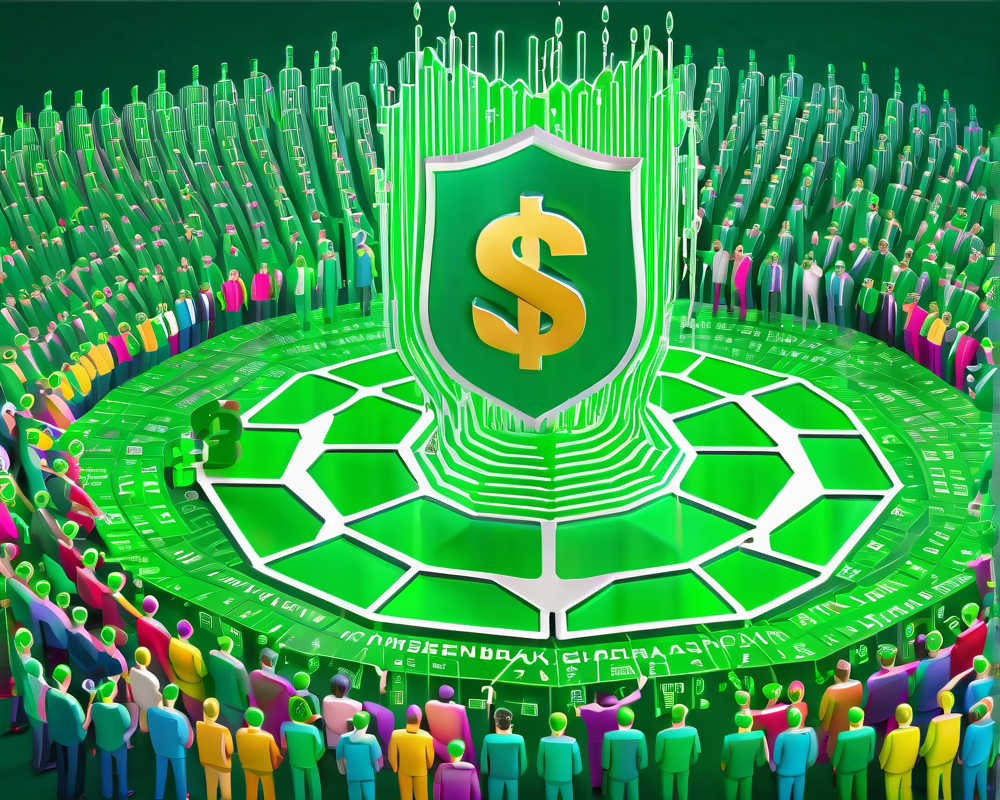The Challenge of Bureaucracy in Charitable Organizations
Many charities face an uphill battle against the bureaucracy that weighs them down like an anchor. Imagine trying to run a marathon while dragging a boulder behind you—it’s basically that. The hierarchical structures often found in these organizations complicate the simple act of doing good. Enter the notion of ‘activism,’ as coined by PactDAO co-founder Marisa Rando.
The Activism Mindset
Rando suggests that we take the ‘active’ in activism seriously. By shifting from traditional charity to a more decentralized approach, we empower both the givers and the recipients. This isn’t just charity; it’s a community-driven concert of mutual aid and grassroots efforts where everyone plays a part in the success of the initiative.
Bigger Communities, Fewer Biases
With decentralized models, the bias that often creeps into the aid distribution process is significantly reduced. This leads to a more equitable selection and distribution system. In a decentralized structure, decision-making becomes collective, ensuring that community needs are collectively addressed.
A Journey from Skepticism to Optimism about Crypto
PactDAO’s relationship with cryptocurrency started off a little rocky. Rando and the team were skeptical about the whole crypto scene until they discovered that it could actually streamline their processes. After a year of helping out residents in New York, they realized that traditional financial systems were not cutting it. They had recurring headaches trying to manage a democratically run bank account. Enter the lightbulb moment for Rando: a multisig wallet, a key part of Web3.
Connecting the Dots: From Legal Jargon to Crypto Language
Rando recalled a conversation about setting up guardrails within their community fund, and when she finally managed to connect the dots to blockchain, it was like opening a treasure chest of opportunities. Suddenly, what once seemed like a foreign language began to feel like common sense. Who knew that ‘cryptocurrency’ could offer such clarity and connection?
The Transformation into a Decentralized Autonomous Organization (DAO)
Rando explained that transitioning to a DAO was motivated by a desire for democratic transparency. Local community organizers were deemed the best fit for decision-making roles due to their on-the-ground experience and knowledge. It’s like letting the chefs decide the menu based on what ingredients are fresh and available—what a novel idea!
Funding: A New Perspective
With crypto, funding can flow more freely without the chains of government oversight. Rando noted how this innovative approach opened doors to previously inaccessible resources. Imagine walking into a candy store with a lot of money during a sale; that’s what it felt like for them—a real sweet deal! The true beauties of DAOs are that they not only support more informed decision-making but also allow funding sources to evolve beyond traditional constraints.
Conclusion
Through conversations on platforms like The Agenda, it becomes clear that mutual aid and community resilience are possible through decentralized methods. Looking ahead, it’s exhilarating to think of the possibilities that lay in the confluence of activism, technology, and community care.




